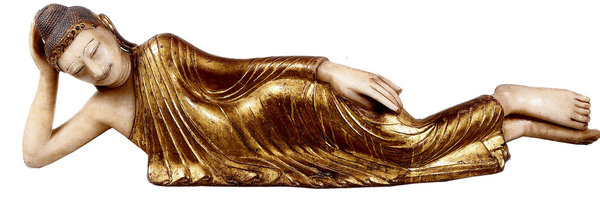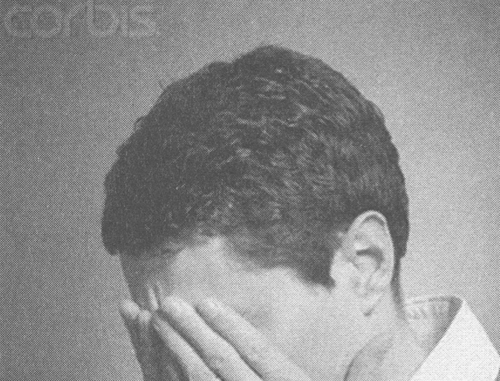
From The Irish Times, “A history of Ireland in 100 objects”:
This seraphically beautiful Buddha, now in the National Museum of Ireland in Dublin, is imperial loot. In the Mandalay style, which dates it to 1857-86, the statue is of marble, with the drapery painted gold. It represents the dying but beatific Buddha, preparing for his death and ascent into Nirvana. Col Sir Charles Fitzgerald, an Irishman in the British army in India, stole it while on a punitive military expedition to Burma in 1885-6. In 1891, Fitzgerald sent it, along with other looted Burmese statues, to the museum.
Audrey Whitty, its curator of ceramics, glass and Asian collections, identified the statue as the one that is mentioned twice in perhaps the most important Irish work of literature of the 20th century, James Joyce’s ‘Ulysses’ (set in 1904 and published in 1922). The novel’s hero, Leopold Bloom, thinks of “Buddha their God lying on his side in the museum. Taking it easy with hand under his cheek.” Later, Bloom’s wife Molly recalls him breathing “with his hand on his nose like that Indian god he took me to show one wet Sunday in the museum in Kildare Street all yellow in a pinafore, lying on his side on his hand with his ten toes sticking out”.
via @juliapanko



